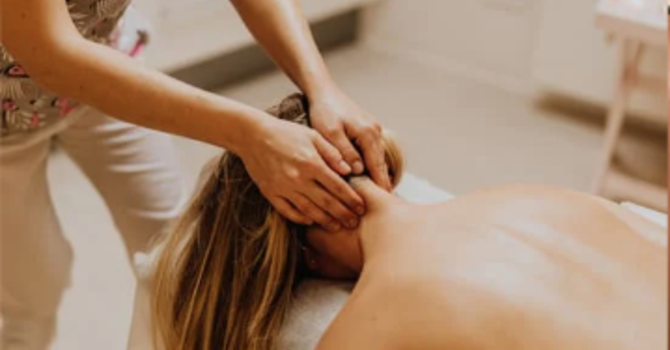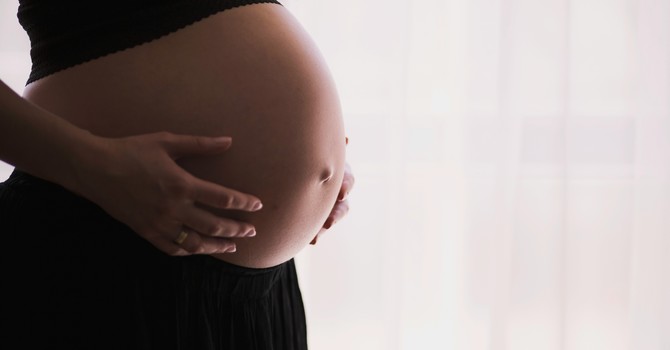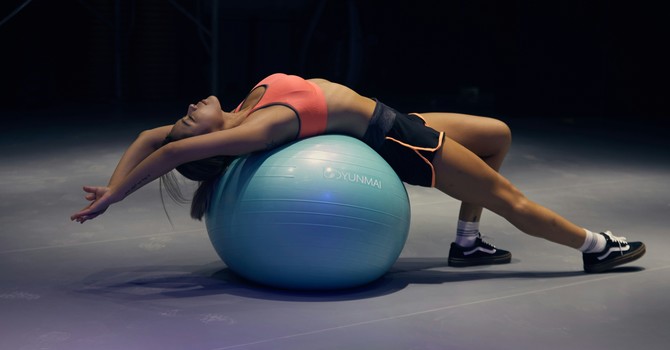
Traditional Chinese medicine brings to mind acupuncture and the use of natural herbs as healing remedies. Cupping is a lesser-known treatment that is also part of Oriental medicine, one that can provide an especially pleasant experience.
Cupping is the term applied to a technique that uses small glass or silicone cups as suction devices that are placed on the skin. There are several ways that a practitioner can create suction in the cups. One method involves soaking a cotton ball in rubbing alcohol, lighting it on fire, placing it in the cup momentarily, then putting the cup immediately against the skin. Flames are never used near the skin, and are only a means to create the heat that causes the suction within the cups.
Once the suction has occurred, the cups can be gently moved across the skin (often referred to as "gliding cupping). The suction in the cups causes the skin and superficial muscle layer to be lightly drawn into the cup. Cupping is much like the inverse of massage - rather than applying pressure to muscles, it uses gentle pressure to pull them upward. For most patients, this is a particularly relaxing and relieving sensation. Once suctioned, the cups are generally left in place for about ten minutes while the patient relaxes.
Cupping is often combined with acupuncture in one treatment, but it can also be used alone. The suction and negative pressure provided by cupping can loosen muscles, encourage blood flow, and sedate the nervous system. Cupping is used to relieve back and neck pains, stiff muscles, anxiety, fatigue, migraines, cough and congestion.
Cupping is one of the best deep-tissue therapies available. It is thought to affect tissues up to four inches deep from the external skin; therefore it can stretch the fascia (connective tissue) of the body. Toxins can be released, blockages can be cleared, and veins and arteries can be refreshed within these four inches of affected materials. Overall, cupping is an incredible therapy to improve overall circulation, increasing oxygenation and tissue delivery, decreasing patterns of inflammation in the body.



